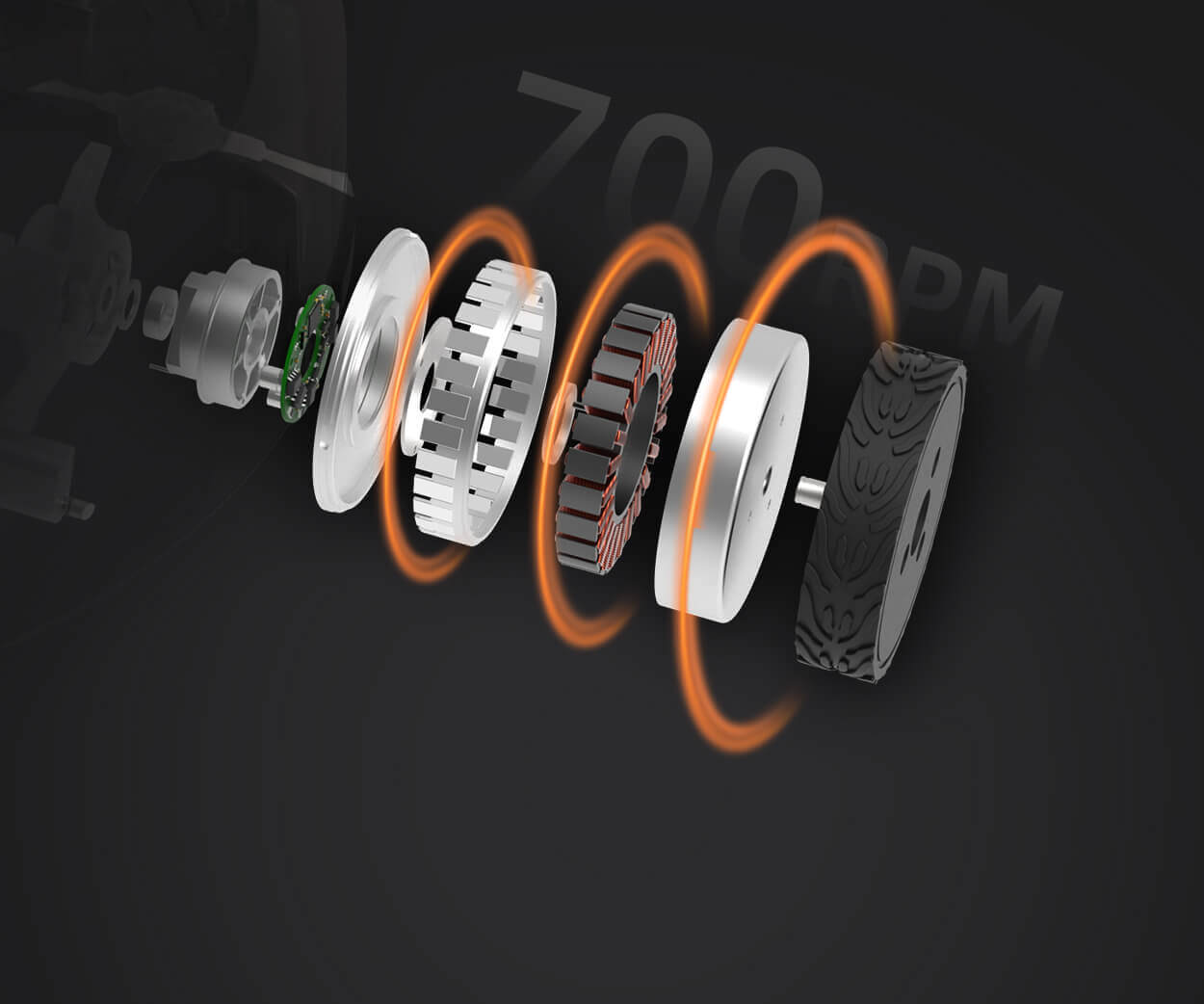Looking to test that servo motor easily and get reliable results? It's simpler than you think. A lot of folks jump straight into complicated setups or expensive testing equipment, but sometimes, a basic battery can do the trick — provided you know what to look out for.

Picture this: you’ve got a servo motor sitting in your workspace, maybe just a simple micro servo or a more powerful one. The goal? To check if it’s still responsive, moving correctly, and doesn't have any internal damage. Instead of connecting to a fancy tester, grabbing a small battery will do the job. It’s quick, cheap, and perfectly effective if you do it right.
First, what kind of battery should you use? Typically, a 4.5V or 6V battery, like a AA or a 1.5V button cell, works just fine. The idea is to provide enough voltage to power the motor without overwhelming it. If you’re testing a servo that’s designed for higher voltage, keep that in mind so you don’t burn out the gear or coil.
Now, how do you actually do it? Take the power source and connect it directly to the servo’s power and ground wires. Usually, red is positive, and black or brown is negative. It sounds basic — because it is. Once connected, try moving the servo’s control arm manually or trigger it with a signal if you’re testing a more controlled environment. If the servo responds with smooth, consistent movement, it's likely still okay. If it twitches, stalls, or doesn’t move at all, that’s a sign to dig deeper.
A question often pops up: can I use different batteries for various tests? Absolutely. Just remember, the voltage should match the servo's recommended operation range. Too much voltage, and you might damage it; too little, and it might not move at all.
Some folks like to use a small switch or a clip to make the connection easier, especially if they plan to test multiple servos in sequence. Plus, you can throw in a multimeter to check if the current draw is within normal limits, giving you even more insight.
It’s tempting to push the limits — but be careful. I once tried testing an old servo with a 9V battery. It acted weird — stuttered, then stalled. That’s a strong reminder that not all batteries are suitable for every test. Find the right match, keep it straightforward, and you'll get honest feedback about your servo’s health.
Thinking about automation? Some folks set up a simple circuit with a transistor or a microcontroller to cycle the servo back and forth. But for a quick check, turning it on with a battery is enough. It saves time, money, and effort.
When you’re done testing, gently disconnect, and observe how the servo behaves when powered by its typical source. If the servo struggles even with a proper power supply after this quick battery test, then there’s probably internal damage. Otherwise, it’s probably just a matter of fine-tuning or lubrication.
So, next time you want to see if your servo’s still alive, skip the fancy tools. Grab a battery, a few wires, and a keen eye. It’s a straightforward process that gives you clear results without fuss. Got any more questions about how to get the most out of your servo tests? Feel free to ask!
Established in 2005, Kpower has been dedicated to a professional compact motion unit manufacturer, headquartered in Dongguan, Guangdong Province, China. Leveraging innovations in modular drive technology, Kpower integrates high-performance motors, precision reducers, and multi-protocol control systems to provide efficient and customized smart drive system solutions. Kpower has delivered professional drive system solutions to over 500 enterprise clients globally with products covering various fields such as Smart Home Systems, Automatic Electronics, Robotics, Precision Agriculture, Drones, and Industrial Automation.




































